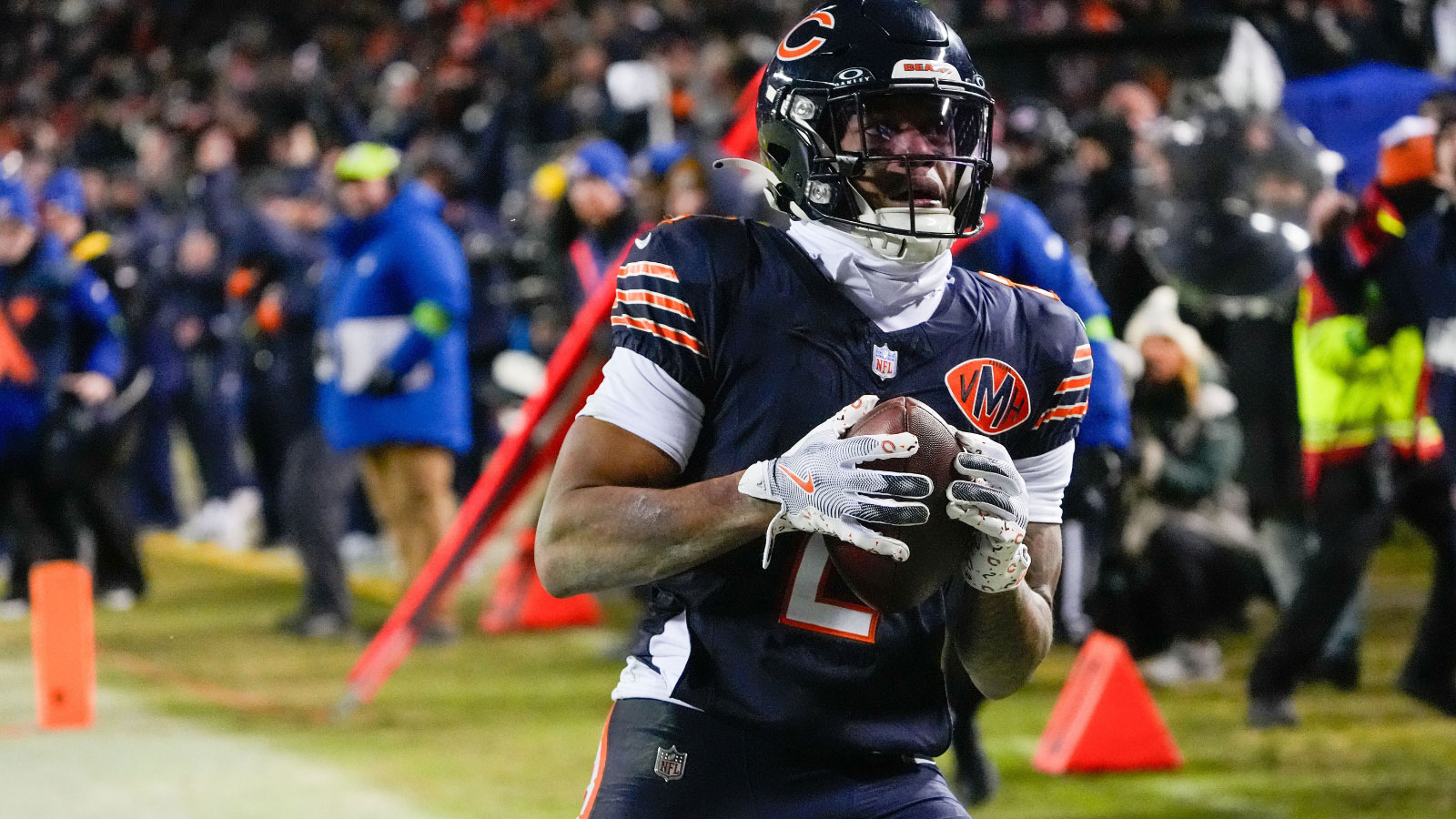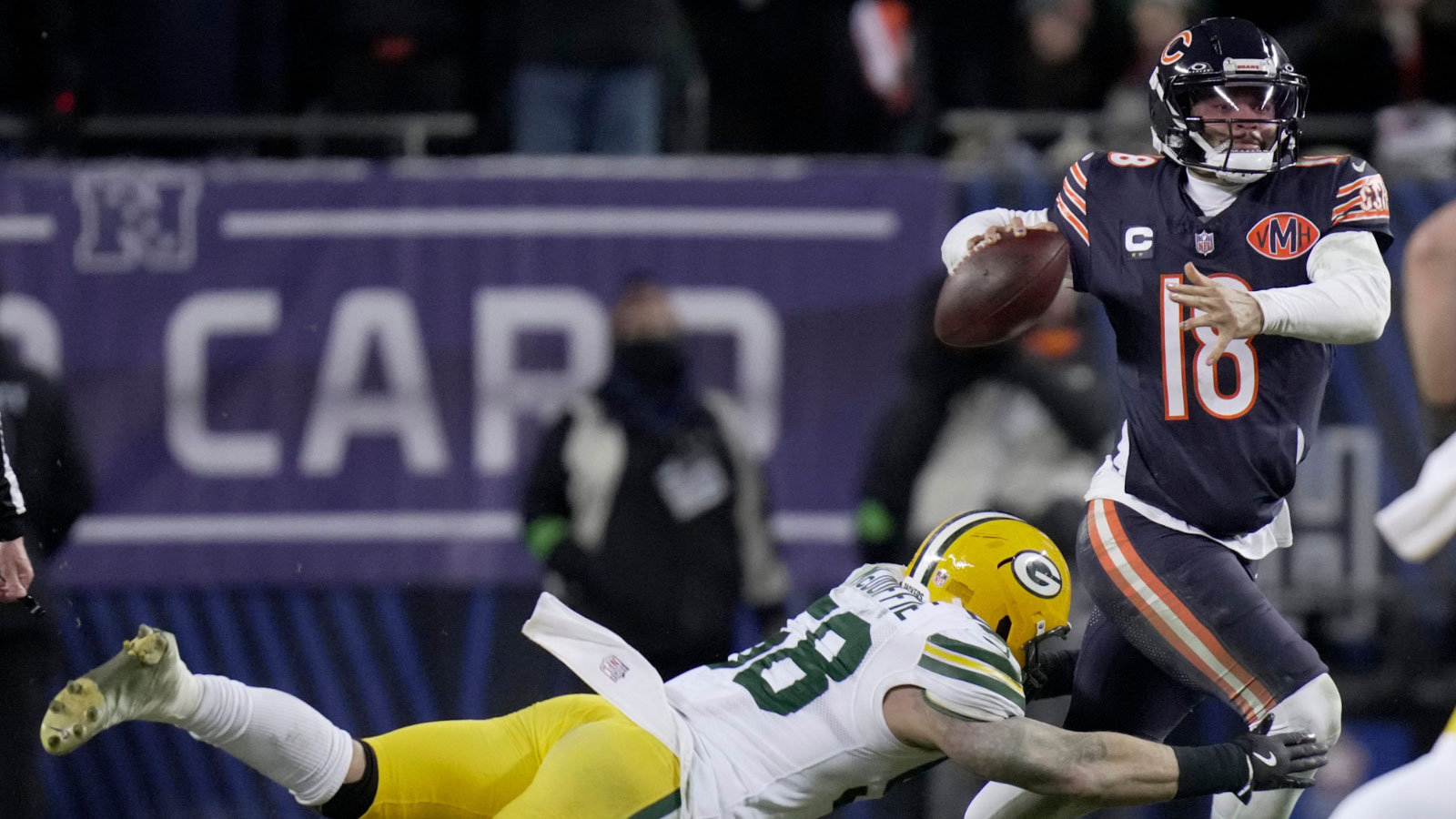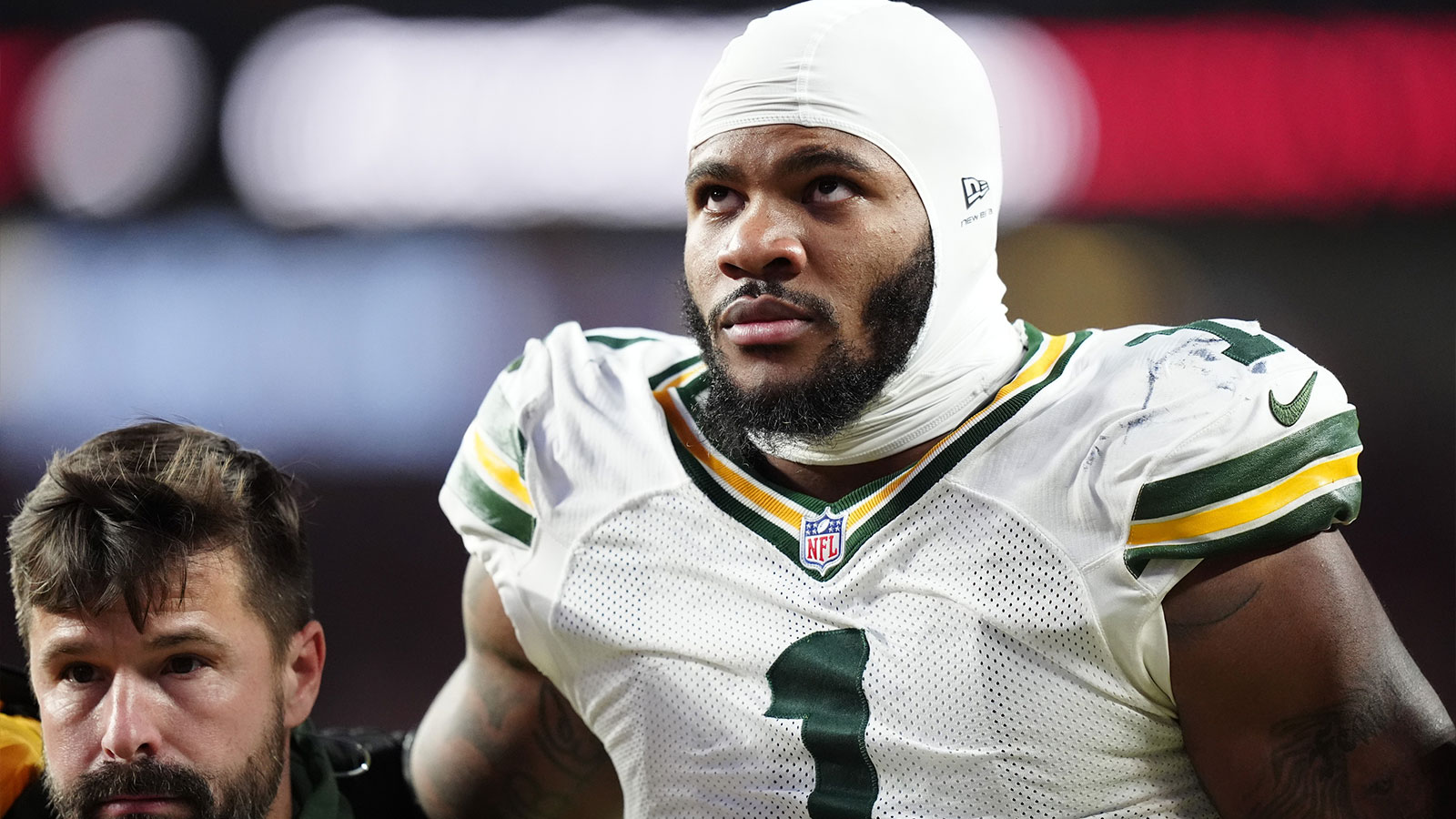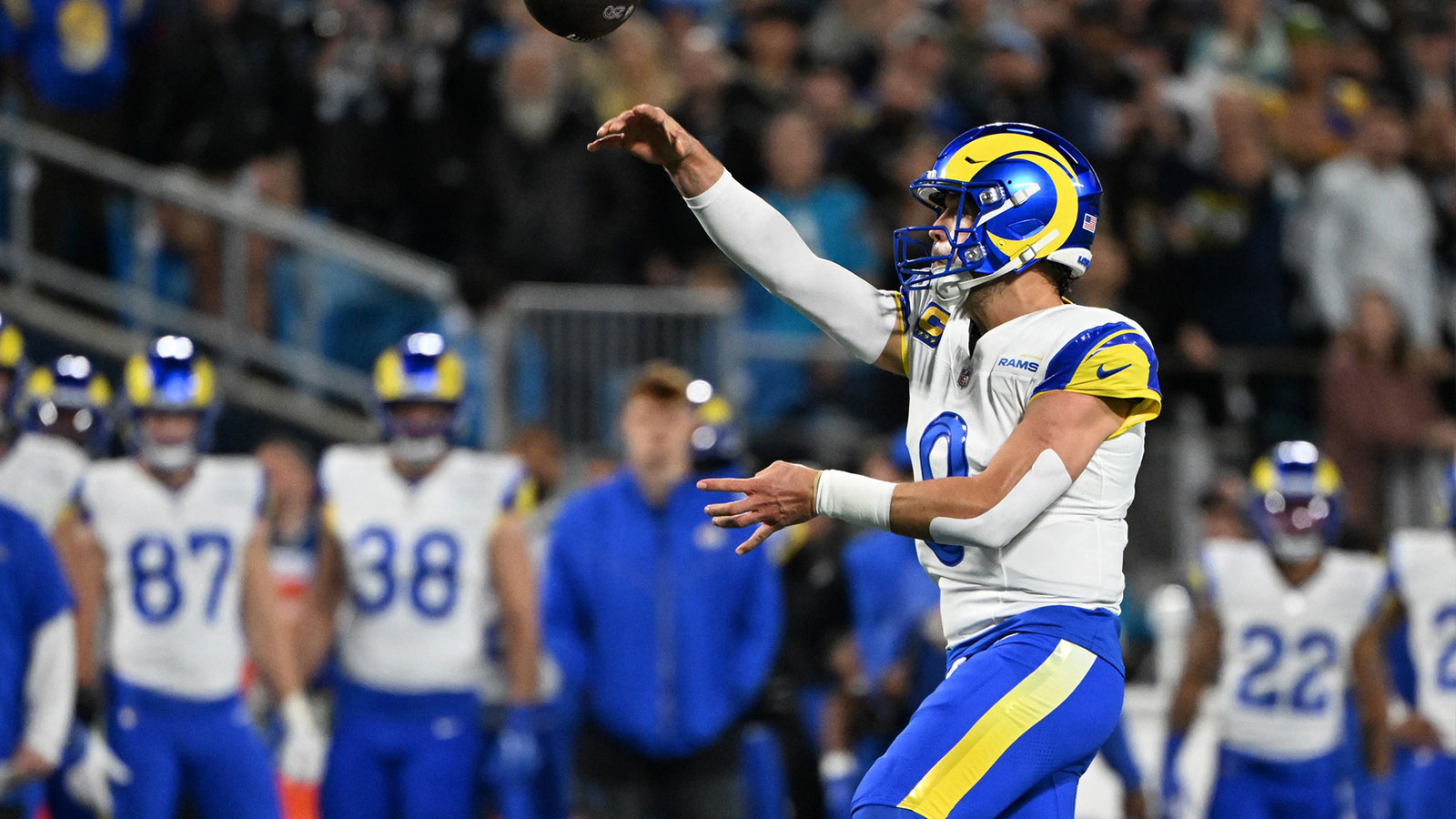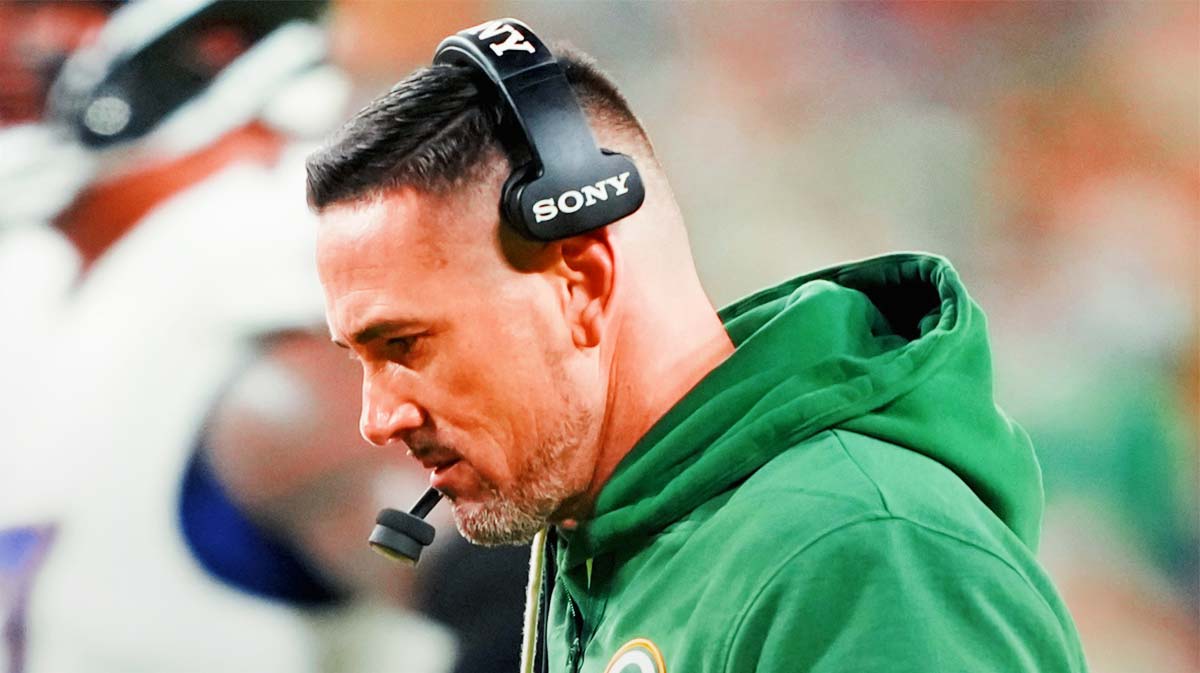The NFL is a rough place with collisions, injuries, concussions, and … field goals? Yeah, not so rough in the world of place-kicking, right? And because kickers are expanding their length, here is why the NFL must consider radical rule changes for field goals.
And there is a reasonable solution.
There’s no doubt the league wants to see more touchdowns. And the NFL wants teams to go for it more on fourth down instead of settling for field goals.
But let’s look at the length of Cam Little’s preseason field goal for the Jacksonville Jaguars. It’s now possible for a team to score three points without reaching midfield. Before Little’s 70-yard bomb, the longest successful NFL kick was 66 yards. That required a trek to the opponent’s 49-yard line. Little’s kick came with the ball on the Jaguars’ 47-yard line.
With the new touchback rule putting the ball at the 35-yard line, the Jaguars — and perhaps the Cowboys with Brandon Aubrey — only need 12 yards to be in field-goal range.
NFL needs to change its rules for FG scoring
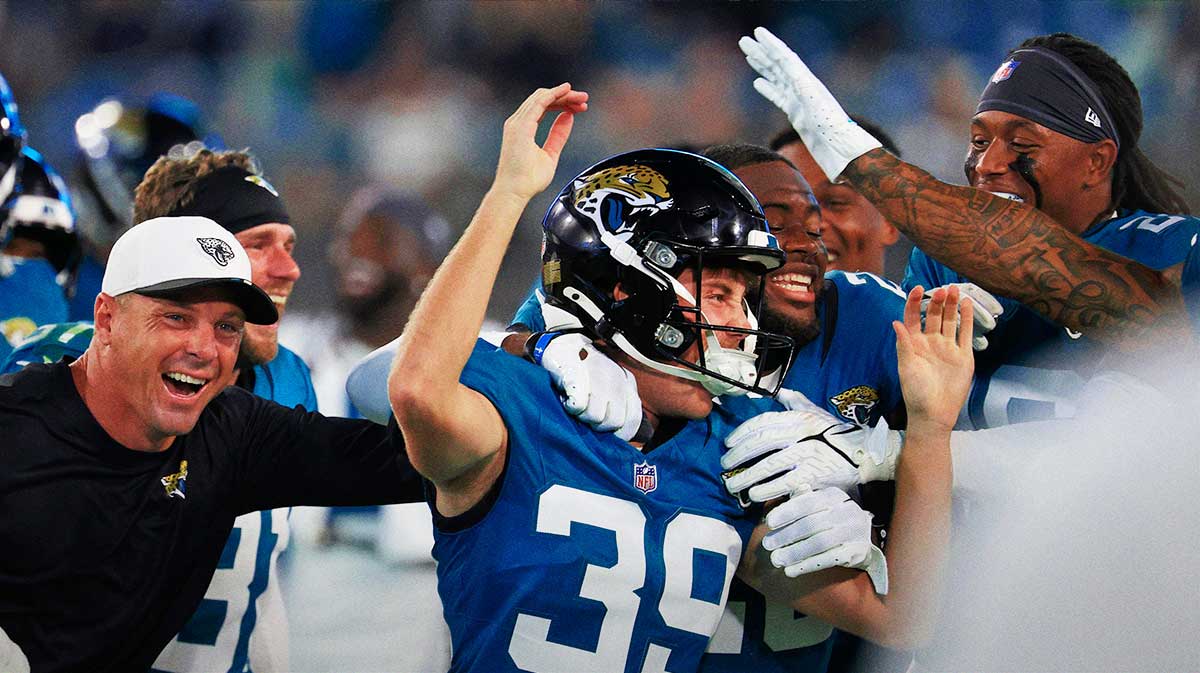
OK, it’s obvious that teams still want to score touchdowns. The real goal of football is not getting close and kicking the ball over the heads of the defenders. Teams want touchdowns. Players want touchdowns. And six-point plays are definitely what the fans want to see. Many NFL fans would likely feel ripped off if the final score was 9-6 with no touchdowns.
But if the situation allows a team to score three points instead of punting, why not?
Of course, teams aren’t going to try these ultra-long kicks at just any point in the game. It usually comes at the end of the half or the game.
But think about this fairly common scenario. A team scores a touchdown, kicks the extra point, and takes a one-point lead with say, 10 seconds remaining on the clock. In the old days, it was game over.
These days, the scoring team might still lose. If the return gets back to near the 30-yard line, or if there is a touchback, the trailing team needs just one fairly short completion to be in long field goal range.
Who really wants to see this? Kickers already hold way more sway over the outcome of a truly physical game than they should. Teams battle and fight like warriors only to watch some guy — who kicked into a net all game — trot onto the field and get treated like a hero. Or perhaps a goat.
Furthermore, it’s becoming increasingly easy to make field goals from long distances. Kickers are connecting from 50-plus-yard attempts like it’s nothing. Even non-elite kickers are nailing long shots.
To show the level of ridiculousness, Houston Texans kicker Ka’imi Fairbairn made an NFL record 13 kicks from 50-plus yards. I’m sorry, but what season-ticket holder for the Texans went into the season hoping to see that record get broken? It means the Texans’ offense failed over and over again when it got into the opponent's territory.
The trend of trying longer kicks has spiked upward over the past couple of decades, according to nytimes.com from November of last year, via nflfastR.
“Through the first 10 weeks of the season, there have been 153 attempts of at least 50 yards, compared with just 58 in the same period in 2004,” Ben Blatt wrote. “The frequency of shorter field goals has stayed about the same.”
Surfaces are better, kickers are stronger, and balls are sailing through the uprights.
Former NFL kicker Michael Husted, who now runs a kicking academy, said young kickers are learning more and getting better.
“People learn from watching other people kick a lot,” Husted said. “Kids come to my kicking camp who have learned everything off of YouTube.”
Statistics also show that NFL teams are attempting longer field goals, even outside of desperation situations late in each half.
Why is this a big problem?
It’s too much of a reward to edge past midfield and be in field-goal range. Yes, the risks of blocked kicks are higher. And misses mean the opponent gets great field position. But that may only mean the opponent goes three-and-out but gains enough yards to try its own long-range kick.
Long field goals aren’t the bread and butter of the NFL. And with the new kickoff rules where teams can start at the 35-yard line, they barely need one first down to get in field-goal range. Imagine a game where a team never crosses midfield, but wins the game on field goals. Yes, that’s far-fetched. But possible these days.
When teams previously started from the 20-yard line after a kickoff — and kickers usually had to be inside of 50 yards for coaches to pull the field-goal trigger — an offense had to gain almost 50 yards for a field goal attempt.
Kickers have helped offenses become less aggressive. Downfield passes may seem too risky if a 50-yard field goal is in the bag, depending on the game situation and score.
So what is the NFL’s solution?
Bear with me. The NFL has made this level of change before. Remember in 1974, the league moved the goalposts from the goal line to the back of the end zone.
Field goal attempts from 18-37 yards should count as three points as they do now. The reason for full value is that the offense would be rewarded for driving into the opponent’s Red Zone. You have to get to the opponent’s 20-yard line to attempt a three-point field goal under this rule change.
From 38-49 yards, field goals should count as only two points. The offense didn’t earn the right for a full three-point field goal and must settle for two.
Keeping things along the same lines, any field goal from 50-plus yards should only receive one point. Think about it. A team has 11 players who failed to move the football deep into the opponent’s territory. Why reward one guy trotting off the sideline with making up for the poor offensive performance?
Yes, it’s difficult to make a 70-yard field goal. Who cares? It’s difficult to connect on a 70-yard punt, but the offense gets no points for that. The punt is a white-flag surrender for offensive failure. So why is the field goal hailed as this magical game-saving moment?
But what about the game-ending thrills?
I’ll debate you on how exciting game-ending field goals are. Jim O’Brien, Adam Vinatieri, and Harrison Butker. That’s the list of game-winning Super Bowl field goals. So, who is remembered more? Vinatieri or Tom Brady? Butker or Patrick Mahomes?
Those kicks are a footnote, not great NFL moments. Give me Joe Montana to John Taylor any day of the week as a more exciting Super Bowl moment.
Plus, the endgame drama doesn’t go away. It simply changes.
For example, if a team needs three points to tie, it must reach the opponent’s 20-yard line to get a three-point kick. It becomes a strategy change, but it doesn’t lessen the excitement.
Also, think about this scenario. It’s fourth and a little over a yard for the Eagles at the Cowboys’ 21-yard line. There are 40 seconds left on the clock, and the Cowboys are out of timeouts. The Eagles trail, 30-28.
A Tush Push would give the Eagles a first down. They could run out the clock and kick the three-point field goal. Or they could settle for the tie with a two-point kick. But the Cowboys would have time to get back into field goal position. And a one-point kick would be a game-winner.
Same drama. The kickers are still involved. But it requires more effort for the offense, instead of using the field goal as a crutch when the unit fails.
Another possible selling point for this rule change is the possibility of an extra roster spot. If teams know they will be using kickers mainly for shorter field goals, they might be able to have their punter double up as the place-kicker.









